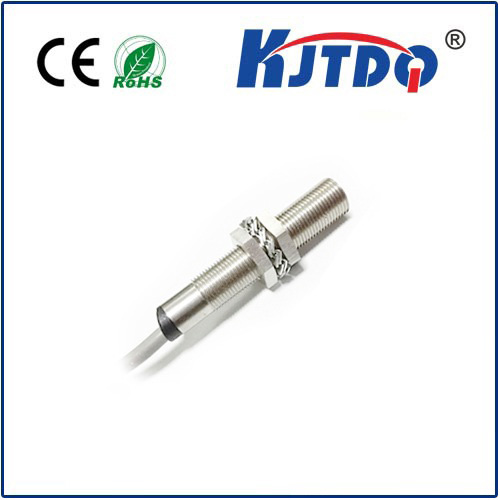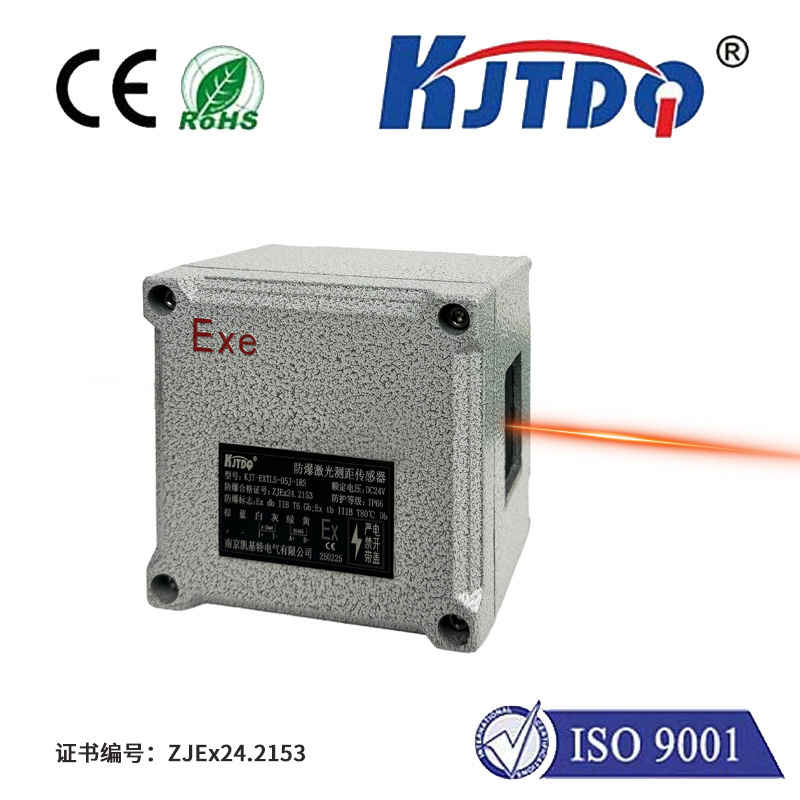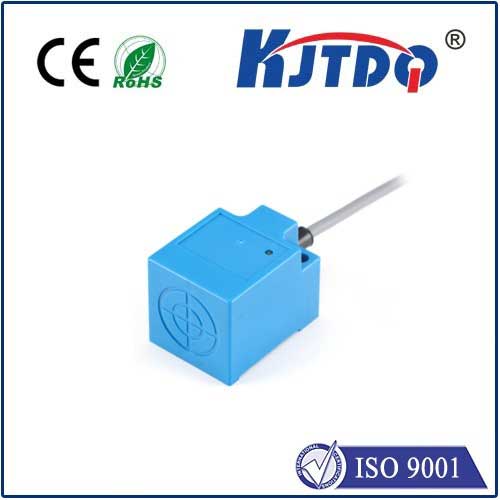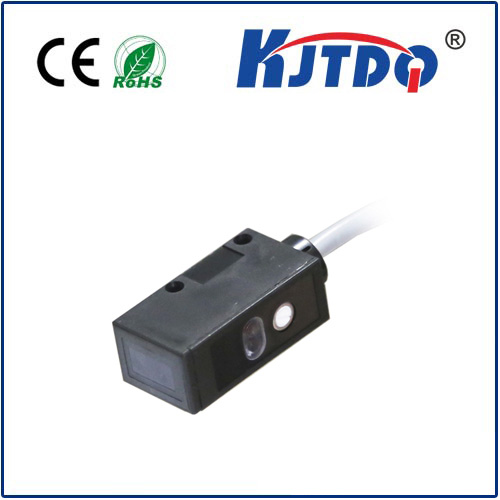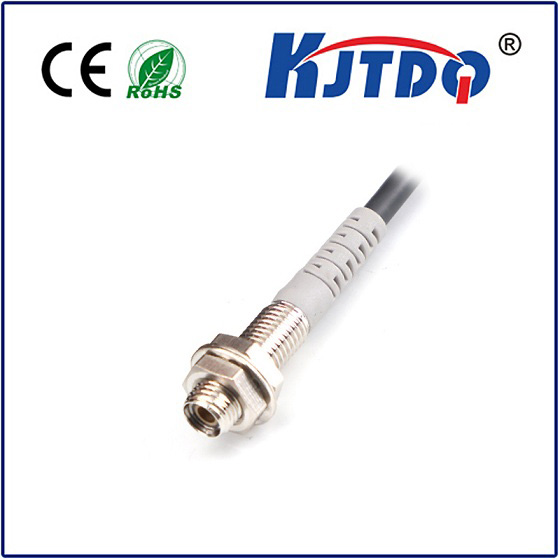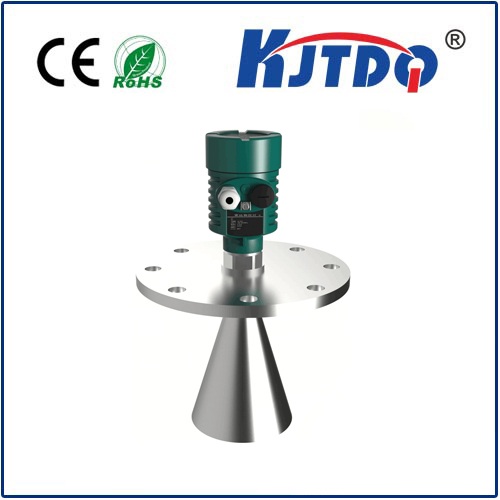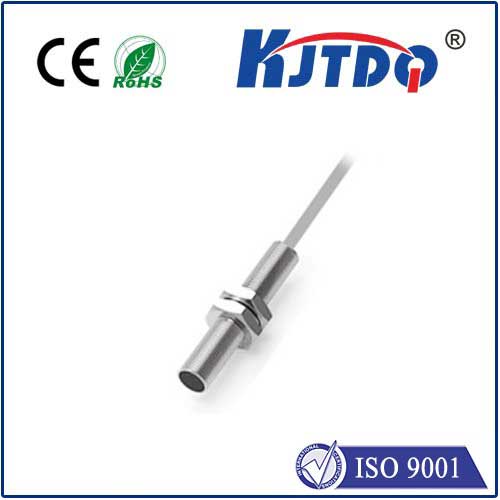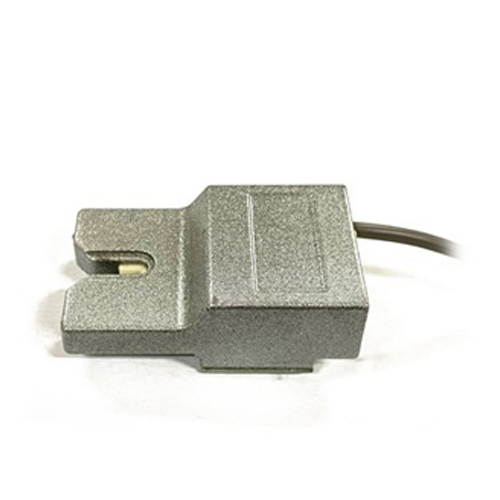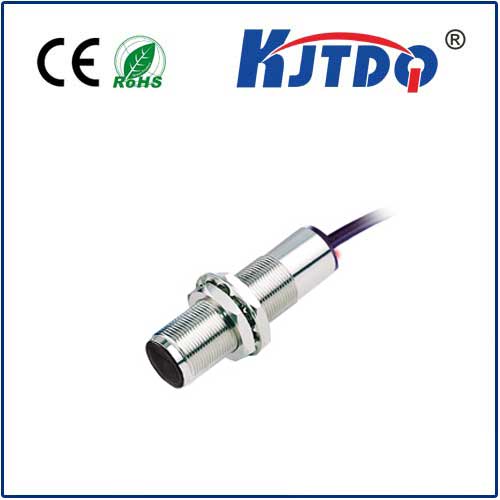

check

check

check

check

check

check

check

check

check

check
Title: Unraveling the Mysteries of Laser Distance Sensors
Chapter 1: A Glance at Laser Distance Sensors
The world of technology has witnessed a remarkable transformation in recent years. One such innovation that has revolutionized various industries is the laser distance sensor, also known as the lidar sensor. This cutting-edge device employs laser pulses to measure distances and provide accurate data. In this article, we will delve into the intricate workings of these sensors and explore their diverse applications across different fields.
Chapter 2: Understanding the Basic Concepts of Laser Distance Sensors
Before delving into the specifics of laser distance sensors, let us first grasp the fundamental concepts surrounding them. The sensor works by emitting a laser beam, which bounces off an object and reflects back to the sensor. The time it takes for the laser pulse to travel from the sensor to the target and back again determines the distance between them. By analyzing this time, the sensor can calculate the distance with high precision.
Chapter 3: Types of Laser Distance Sensors
There are two primary types of laser distance sensors: reflection-based and triangulation-based. Reflection-based sensors use laser pulses to reflect off an object and measure the time it takes for the signal to return to the sensor. This method provides quick measurements but can be affected by interference from other objects, such as sunlight or dust. Triangulation-based sensors work by transmitting multiple laser pulses towards a target, measuring their times of arrival, and using trilateration equations to determine the actual distance. This method offers more accurate results but requires more complex hardware and processing power.
Chapter 4: Applications of Laser Distance Sensors
Laser distance sensors have numerous practical applications across various sectors, including:
1. Automotive Industry: These sensors are extensively used in automotive safety systems, such as adaptive cruise control, lane departure warning, and collision avoidance. They enable vehicles to accurately detect distances and react accordingly, ensuring safer driving experiences.
2. Industrial Automation: Laser distance sensors find application in industrial automation processes, where precise distance measurement is essential. For instance, they are used in robotics for object recognition and navigation, improving productivity and efficiency in factory settings.
3. Agriculture: Farmers can use laser distance sensors to monitor crop growth and health status accurately. By measuring the distance between plants and detecting nutrient deficiencies, these sensors help optimize irrigation and fertilizer application, leading to higher yields and reduced waste.
4. Healthcare: Medical devices that employ laser distance sensors include non-invasive skin scanners for body fat analysis and blood glucose meters that measure sugar levels in a person's bloodstream. These devices offer more reliable measurements compared to traditional methods while minimizing invasive procedures.
5. Environmental Monitoring: Laser distance sensors play a vital role in environmental monitoring applications like air quality sensing, water level measurement, and forest fire detection. They provide fast and accurate measurements, enabling authorities to respond promptly to potential hazards and protect public safety.
Conclusion:
In conclusion, laser distance sensors have revolutionized various industries by providing accurate and efficient distance measurement capabilities. With their diverse range of applications, these sensors are paving the way for new technological advancements that promise to enhance our lives significantly. As we continue to develop more advanced versions of these sensors, we can expect even more exciting possibilities in fields like healthcare, transportation, and environmental monitoring.
